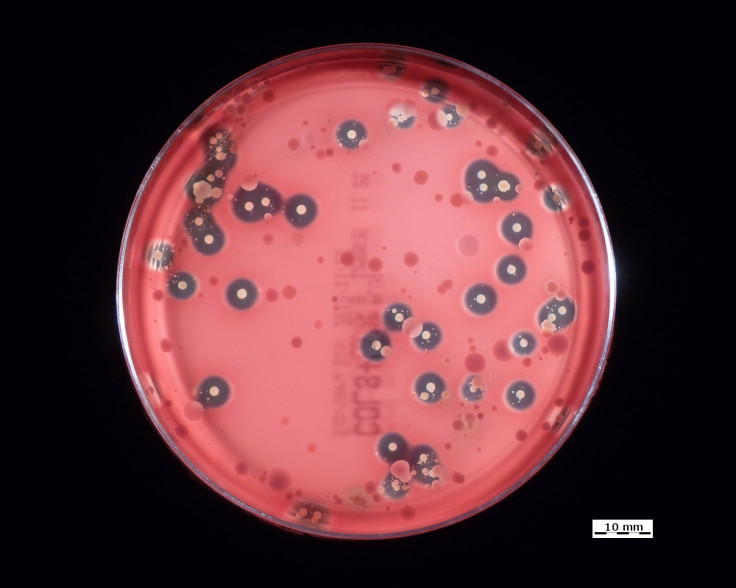Moment Harmless Bacteria Turns into Flesh-Eating Killer Recorded by Scientists

The moment microbes went from being benign and harmless to deadly flesh-eating monsters has been pinpointed by scientists.
Scientists have examined a flesh-eating bacteria called GAS, or Group A β-hemolytic streptococcus, to discover exact moment it turned from a less harmful strain to a bacteria causing 500,000 deaths every year.
Researchers at the Methodist Hospital Research Institute believe GAS evolved from a less harmful streptococcus strain and have reconstructed its history to find out when this change occurred, the Conversation reports.
Published in the Proceedings of the National Academy of Sciences, the team notes that GAS has aflicted humans since the 1980s. It affects the skin and throat and causes severe illness if it penetrates deeper inside tissues and organs in the body.
Lead author James Musser said: "This is the first time we have been able to pull back the curtain to reveal the mysterious processes that gives rise to a virulent pathogen."
The team analysed the bacterial genetic data to find a series of distinct genetic events that led to GAS changing into the flesh-eating bacteria it is today.
"This technique may have an important predictive application – we may be able to nip epidemics in the bud before they even start."
Lead author James Musser
First, foreign DNA moved into the original virus and allowed the streptococcus to produce two harmful toxins. Another later mutation made it even more dangerous.
Another gene transfer made the pathogen more capable of causing disease – it began producing proteins that supress the immune systems of people infected.
The last genetic change that took place in GAS was in 1983, the scientists say.
Marco Oggioni, from the University of Leicester, said: "Because this study used data of the entire genome, all the genetic change could be observed. This makes it possible to identify molecular events responsible for virulence, as you get the full picture."
Explaining how their findings will help to prevent future disease, Musser said: "The date we deduced coincided with numerous mentions of streptococcus epidemics in the literature.
"In the short term, this discovery will help us determine the pattern of genetic change within a bacteria, and may help us work out how often bacterial vaccines need to be updated. In the long term, this technique may have an important predictive application – we may be able to nip epidemics in the bud before they even start."
© Copyright IBTimes 2024. All rights reserved.






